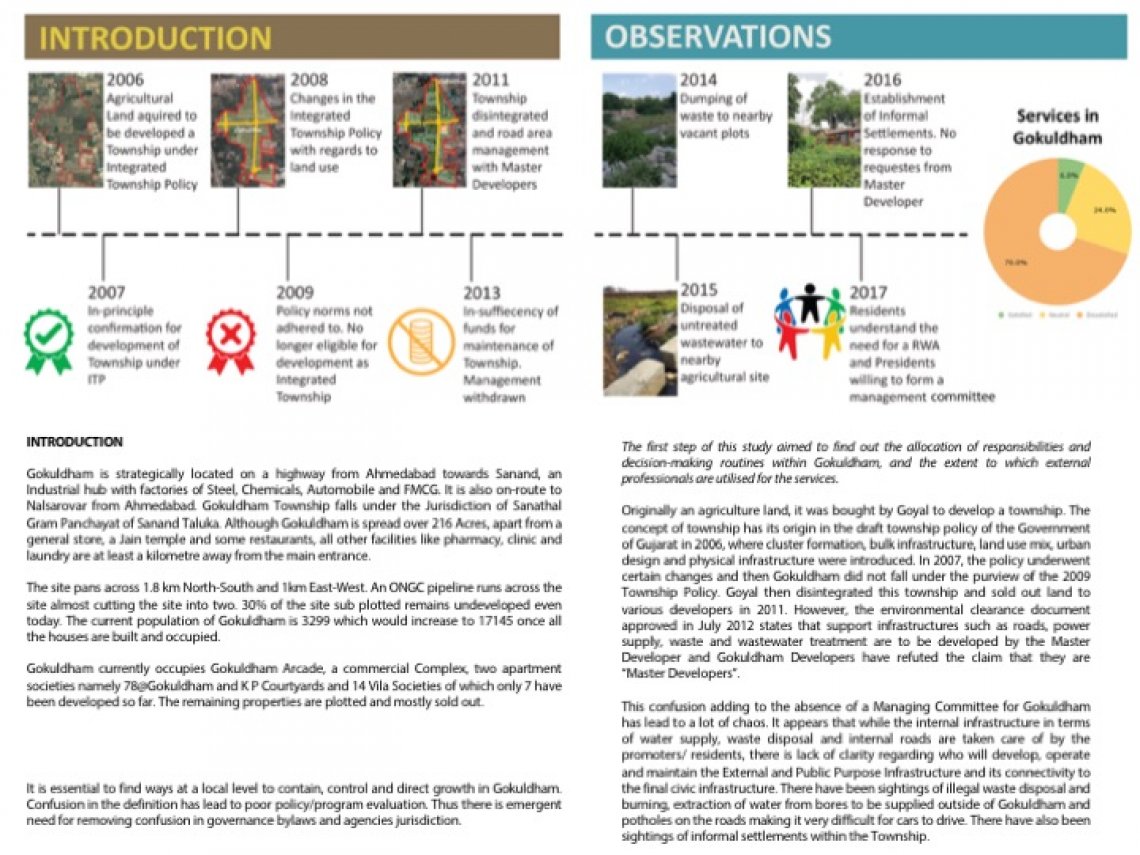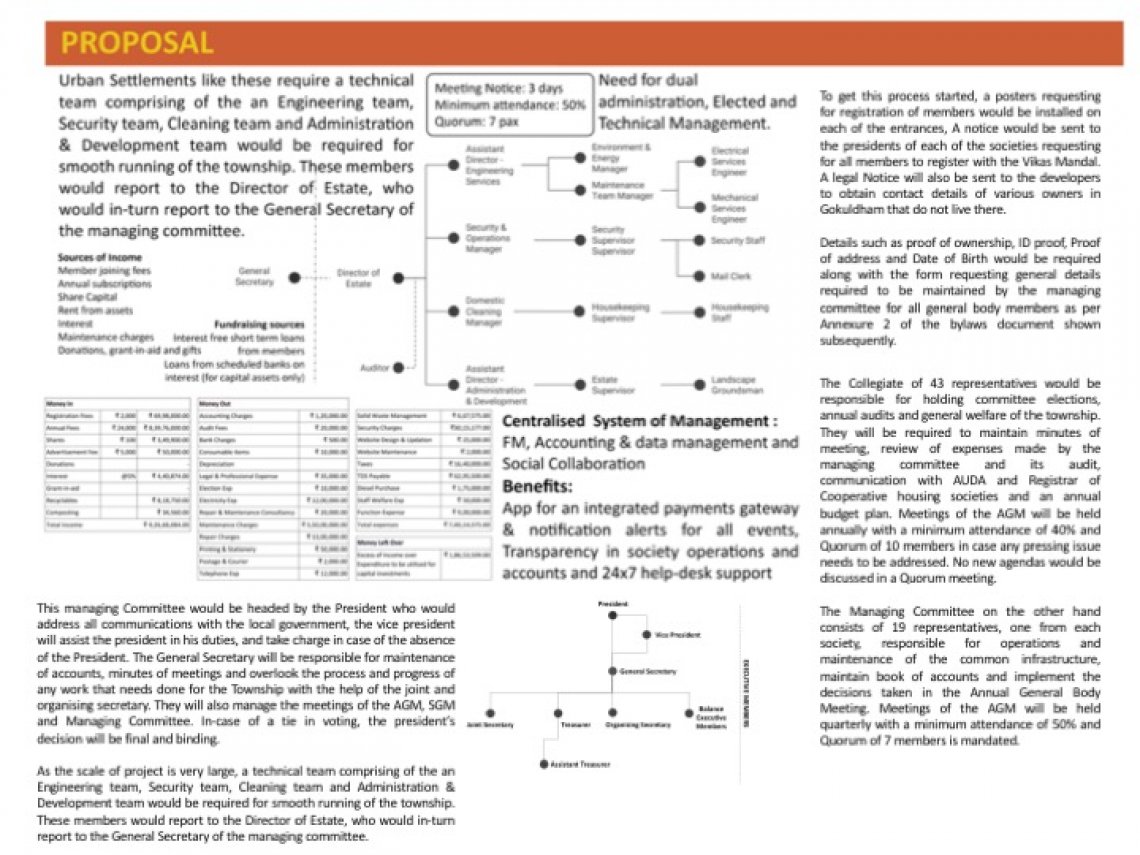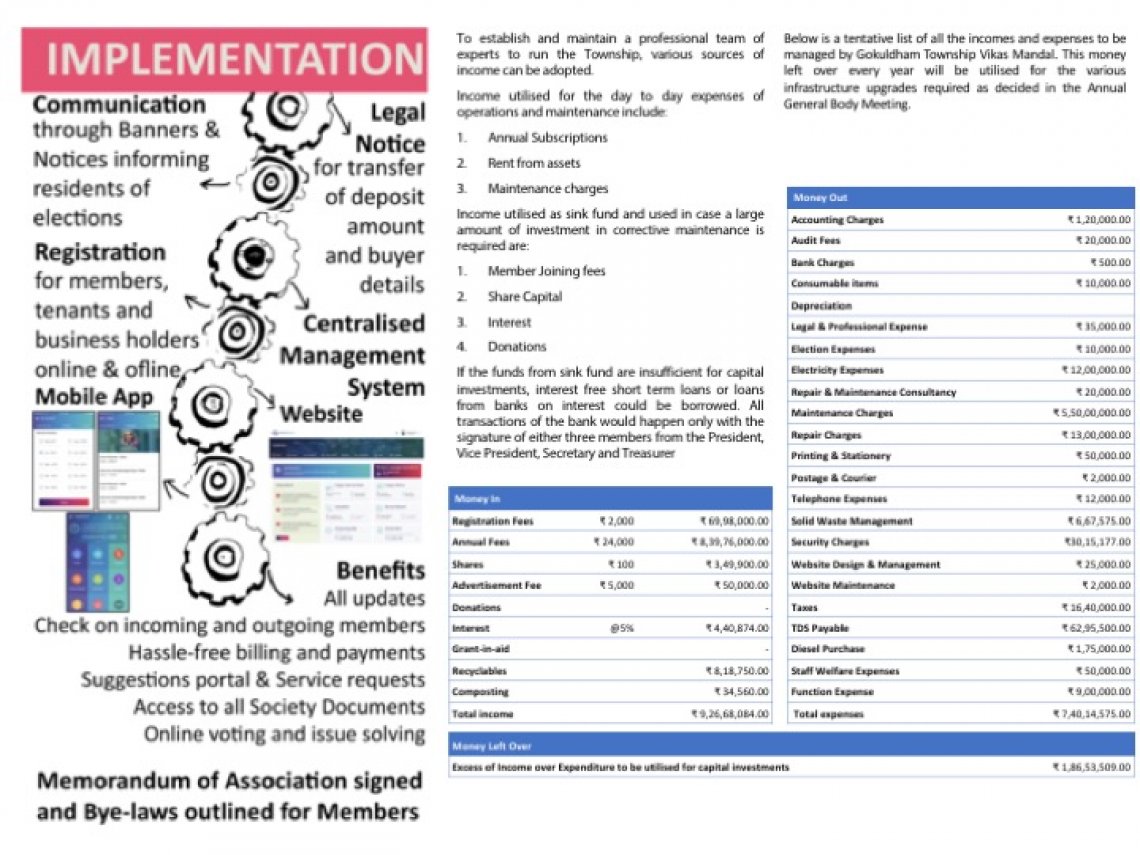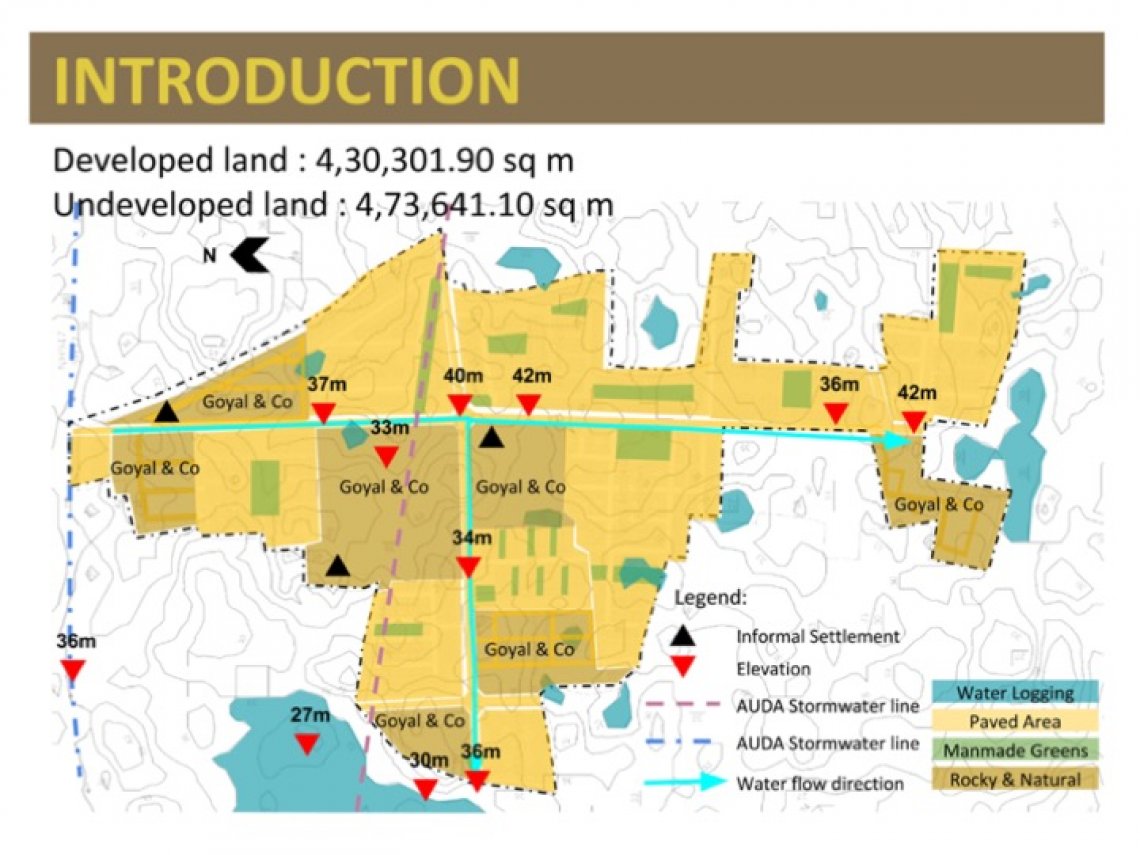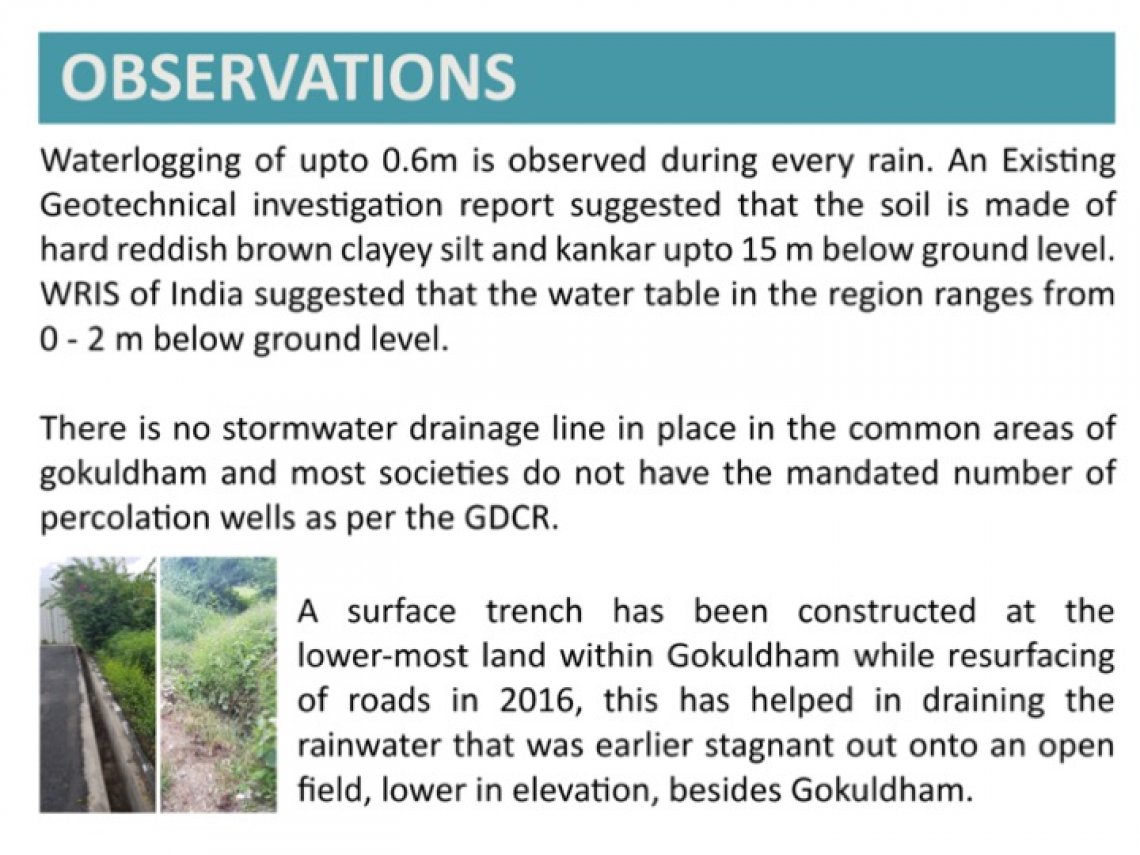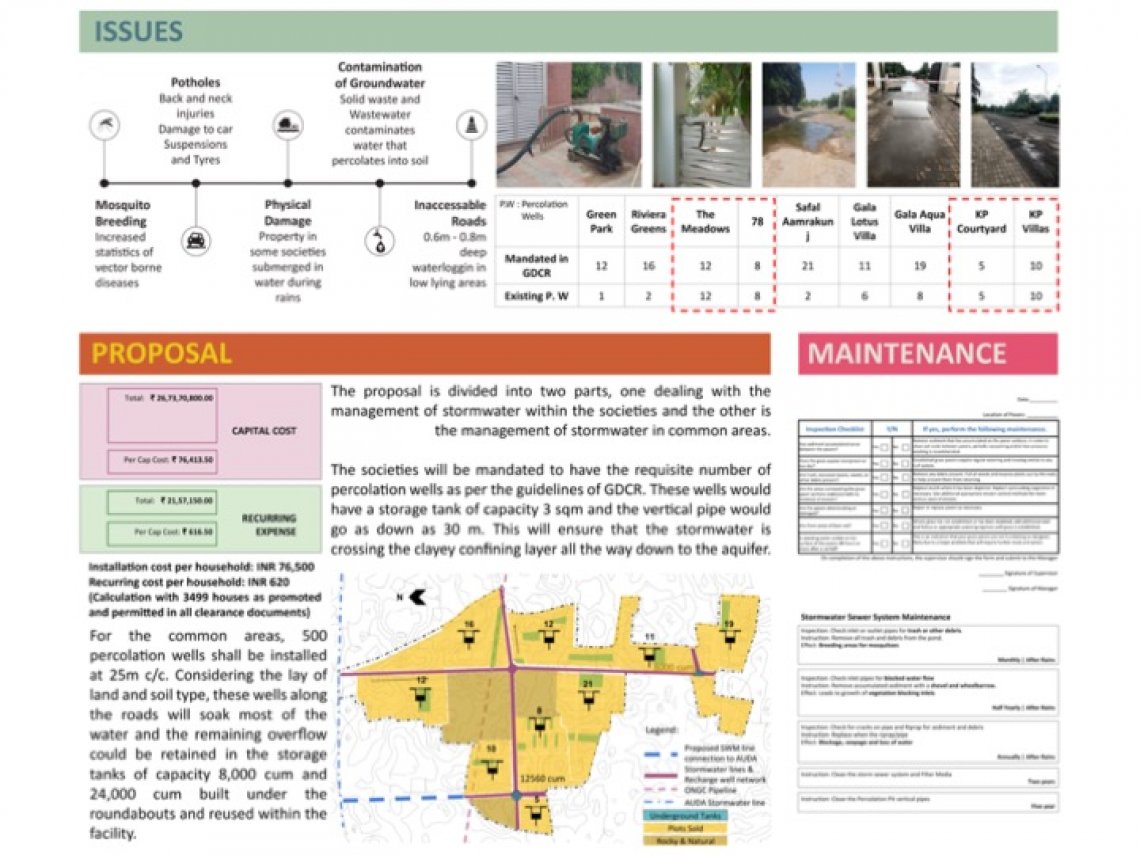Your browser is out-of-date!
For a richer surfing experience on our website, please update your browser. Update my browser now!
For a richer surfing experience on our website, please update your browser. Update my browser now!
The study is based on a qualitative research design, relying on a descriptive study approach, and includes a mix of semi-structured interviews with peri-urban residents, meetings with key informants and direct observation. Residents were interviewed in order to ascertain the problems encountered and any previous issues faced or addressed by the end-user group. The housekeeping staff and security guards were interviewed separately in order to assess their perspectives.. In all, about 35 peri-urban residents were interviewed and 6 housekeepers were interviewed individually. Key informants were interviewed in order to gauge information on crucial aspects of the village profile and transition. For instance, the Sanathal Gram Panchayat (village level record keeper) was the source of information on land ownership in the village and land acquisition activity. Talati from the gram panchayat, the unit of local governance at the village level, were interviewed to obtain a perspective on matters of village governance. Interviews with panchayat members started like the other semi-structured interviews, and sought to explore their administration processes, their interface with the urban city, and the impacts of the peri-urban settlement growth on their lifestyles and livelihoods. The interviews then went on to examine their perspective on crucial matters concerning village governance, their relationship with the Ahmedabad Urban Development Authority (AUDA) and their association with the panchayat. The final set of interviews was with the property dealers in the region. They were interviewed regarding land prices in and around Sanathal, the process of land acquisition, the underlying commissions and brokerages and the discrepancy between the market prices for land and the prices that were offered to the peri-urban residents for lands acquired.
